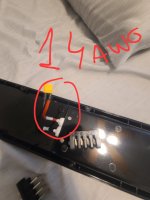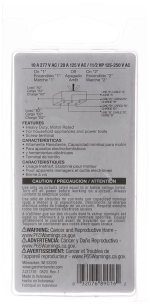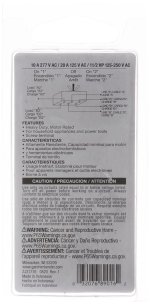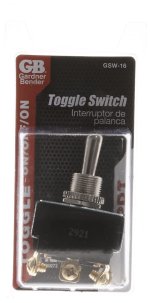bogdandumitrescu
1 mW
.I have a bunch of those four blade connectors and sockets laying around here from buying batteries and getting given various discharge adapter plates. They are easy to buy on AliExpress too.
If I really wanted to wire that controller into two parallel batteries, I'd probably just connect my own four blade connector into the original battery instead of connecting the controller package's four blade connector to the battery. Then I'd have pigtails coming off my four blade connector and could make a y adapter there to wire in the second battery in parallel. Then I could add a four blade socket to the y adapter and plug the original controller package into that.
PLEASE CORRECT ME IF I AM WRONG
.
-1- It seems like the 10Ah battery has 14Awg wires inside so i cannot connect into those wires directly
.
-2- Solution A - I can replace the wires inside the 10 Awg battery and replace the 4 blade, with 12Awg and a new 4blade, and create a Y with X60 connector and plug in the batteries in parallel ... DOWNSIDE they have to be charged similarly , very close 48volts
.
-3-Solution B - remove the 10Ah battery from the frame and move it in the rack, and plug in directly the 20Ah battery into the 4 blade ...DOWNSIDE the 4blade polarity is easy to mess up and i need to carry the 10Ah battery in the back rack somewhere
.
THOUGHTS ????????????????????
.







